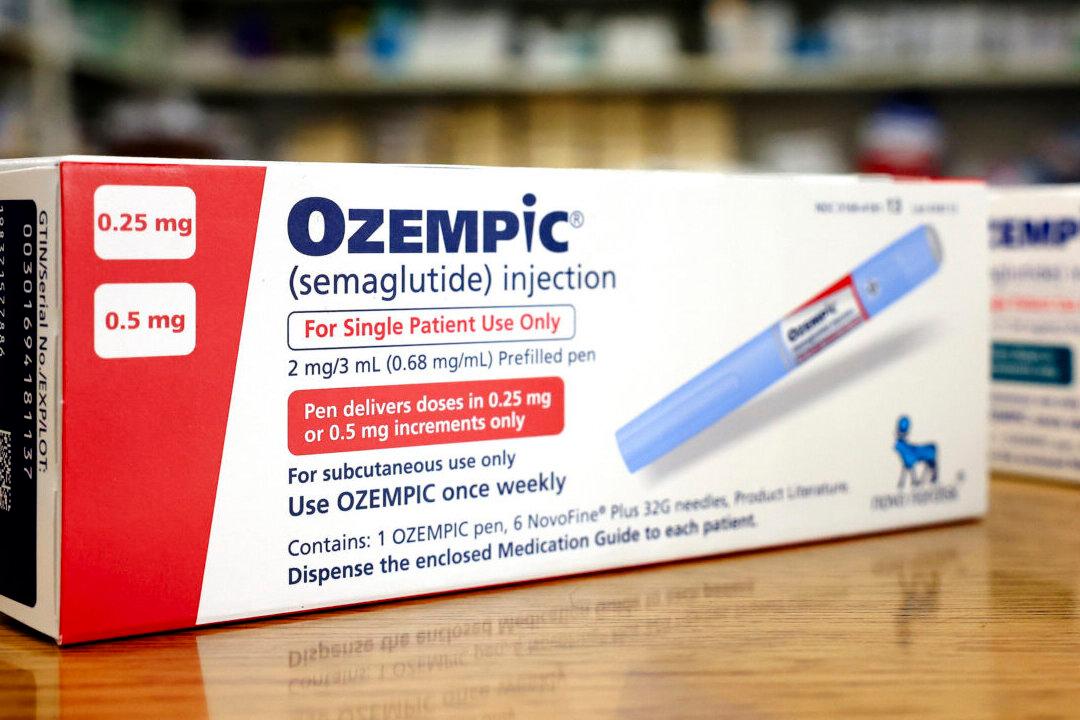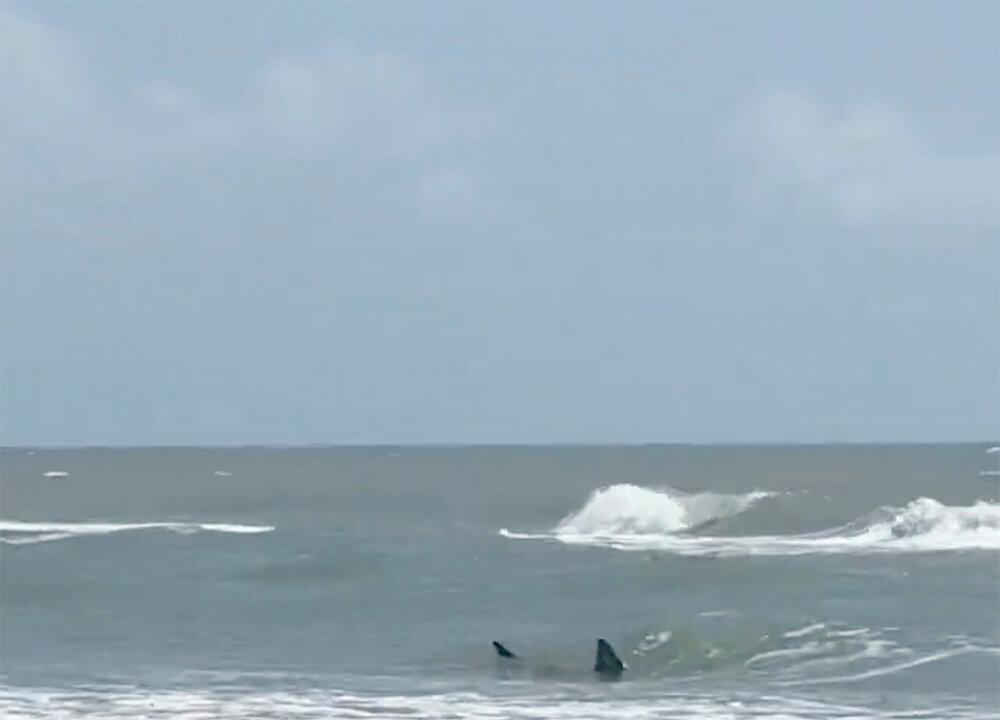The costs of homeowners insurance and car insurance are rising faster than the rate of inflation.
The costs of homeowners insurance and car insurance are rising at a far greater pace than the inflation rate of 3.2 percent in the most recent report from the Department of Labor’s Bureau of Labor Statistics (BLS).
A November analysis by
Policy Genius showed that homeowners insurance premiums rose an average of 21 percent based on data of policy renewals from May 2022 to May 2023, and a report from the BLS shows that the cost of car insurance was 19.2 percent higher in October than it was 12 months earlier.
According to Bankrate, the average
annual cost of homeowners insurance in 2023 for coverage on a $250,000 dwelling was $1,429. On Dec. 1,
Policy Genius reported that its analysis shows the national average cost for homeowners insurance is $1,754 a year.
Home insurance rates depend on multiple factors, including the location, the local climate, and anticipated costs of repairs and rebuilding the residence in the event of severe weather or other disasters.
Various websites and reports calculate average premiums differently, and the rates are affected based on location and the average cost of the home, so the top five most expensive states vary among the different reports, except for the No. 1 spot: Reporting sites consistently rank Oklahoma as the state with the most expensive homeowners insurance.
Policy Genius’s report places Oklahoma at the top of its list, with an average annual premium of $4,161, while Insider Monkey
placed the Sooner State in the top spot as of Nov. 20, saying the average annual premium was $3,659.
Forbes Advisor also showed Oklahoma at No. 1, with an average premium of $3,651 per year on a $350,000 policy, and financial advice website Clark.com lists Oklahoma as most expensive, with an average premium of $2,493 for a policy in the range of $300,000 to $399,000.
Why does Oklahoma consistently rank No. 1? The weather.
Not only does the state have a highly active tornado season, being the epicenter of the infamous
Tornado Alley, but it’s also prone to wildfires, flash floods, thunderstorms, and blizzards.
Other State Numbers
While the rankings for the next highest insurance costs depend on several variables, the states included on the various lists all have similar risks of severe weather.
Policy Genius listed Nebraska second in cost, with an average cost of $3,510. Kansas was third at $2,981, Texas was fourth at $2,919, and Arkansas was fifth at $2,838.
Nebraska, Kansas, and Texas are also considered part of “Tornado Alley,” and Arkansas is listed as No. 20 on a list of the 25 most disaster-prone states by
Moneywise.
Clark.com listed Florida as the second-most costly, with an average annual home insurance premium of $2,332.
Florida, which is in the midst of a homeowners insurance crisis, is the top state for homeowners insurance-related litigation, according to a
August 2022 report by the Insurance Information Institute. While accounting for just 9 percent of the nation’s total claims, it’s the home of up to 79 percent of all home insurance lawsuits across the country. Roof repair fraud is another driver of high costs.
The
Pensacola News Journal reported in July that four major insurance providers had left Florida and another 14 were in “liquidation in the receivership process.”
Clark.com ranked Louisiana third with an average cost of $2,260, Texas at No. 4, with an average cost of $2,121, and Mississippi at No. 5 with an average cost of $2,209.
In Louisiana, rising inflation, damage from hurricanes in 2020 and 2021, and the high cost of construction materials to make repairs on homes have caused a number of insurance companies to leave the state. Adding to the crisis is the fact that some residents are abandoning their homes and shutting down their businesses rather than weathering another disaster.
In February,
Motley Fool said the reason why homeowners insurance is so expensive in Mississippi is the frequency and severity of storms.
Insider Monkey listed Kansas in second place ($3,083), Nebraska third ($2,951), Colorado fourth ($2,152), and Arkansas in fifth place ($2,123).
According to Bankrate, Arkansas is also prone to natural disasters such as tornadoes and blizzards. Local news station KNWA
reported in April 2022 that the rate of damaging weather patterns in the state had increased 135 percent over the past 40 years.
In the report by Forbes, Louisiana placed second ($3,549), Mississippi took third ($2,734), Nebraska was fourth ($2,591), and Texas placed fifth ($2,547).
Claims are also increasing.
In May, the Insurance Information Institute
reported that the cost of claims on insured homes in the United States had increased at a rate that outpaced inflation over the past 20 years.
A study released May 4 by the Insurance Research Council attributed the increase in claims to a combination of natural catastrophes, man-made disasters, the rising cost of home repairs, and the influx of people into more disaster-prone areas.
Car Insurance
According to a white paper released by the American Property Casualty Insurance Association in May, the rate of inflation for auto insurance claims has continued to rise faster than the underlying consumer price index (CPI), and the rise in the cost of claims is also far outpacing increases in premiums.
A June 13 report by
J.D. Power showed that increases in the price of auto insurance are “three times higher than other categories tracked by the Consumer Price Index (15.5% vs. an average of 4.9%).”
Which states have the highest premiums on car insurance, and why?
A
Dec. 1 report by Bankrate shows that the average cost for full coverage is about $168 per month or $2,016 per year.
NerdWallet ranks Florida as No. 1 for having the most expensive full-coverage car insurance in America. With an average annual premium of $3,605, drivers in Florida pay about $300 per month for car insurance, which is about 44.1 percent more than the rest of the country.
Data for 2023 from Bankrate shows that Florida ranks sixth in the nation for the number of uninsured drivers. About 1 million of the 16.1 million drivers in the state (roughly 6.5 percent) are on the road with no car insurance, according to November
data from the Florida Department of Highway Safety and Motor Vehicles.
Another factor is the number of “high-risk drivers,” referring to senior citizens and teenagers.
The most common cause of car crashes among older Americans is failure to yield right-of-way, the Insurance Institute for Highway Safety said in a
June report. Seniors are also less apt to pay attention to their surroundings and to misjudge the speed of another vehicle or the distance between theirs and another car.
Highway Density and Crime
According to Legal Jobs,
Florida ranks third behind California and Texas for having the most teen drivers in America. Among the reasons why so many crashes involve teens are “distracted driving, texting and driving, speeding, drunk driving, and inexperience.”
A third factor is Florida’s streets are busier than most. With multiple tourist seasons—spring, summer, and early fall—many car incidents are caused by tourists who are unfamiliar with the roads and traffic patterns.
The weather also plays a part. With the number of tropical storms, hurricanes, and the associated flooding, drivers can easily be involved in crashes while evacuating or simply trying to get home.
Louisiana ranked second for the most expensive car insurance.
According to a
June report by Autohitch, the primary contributors to the high cost of insurance premiums in Louisiana are the high accident rates and their associated insurance claims, the legal system with its high litigation costs, and the rate of thefts and insurance fraud.
Kentucky ranked third. Reasons listed by
Money Geek include the high-density traffic, the number of uninsured and underinsured drivers, the high rate of vehicle theft, and the mandatory requirement to carry personal injury protection insurance in addition to their personal and property damage liability insurance.
High population density in urban areas contributes to more car accidents, theft, and vandalism.
With an
estimated 753,143 licensed drivers on the roads, Rhode Island’s highway density results in reduced distance between vehicles, which is more conducive to causing crashes.
The number of uninsured drivers is also a factor. Rhode Island ranks 11th on Bankrate’s list of most uninsured drivers by state (16.5 percent).







